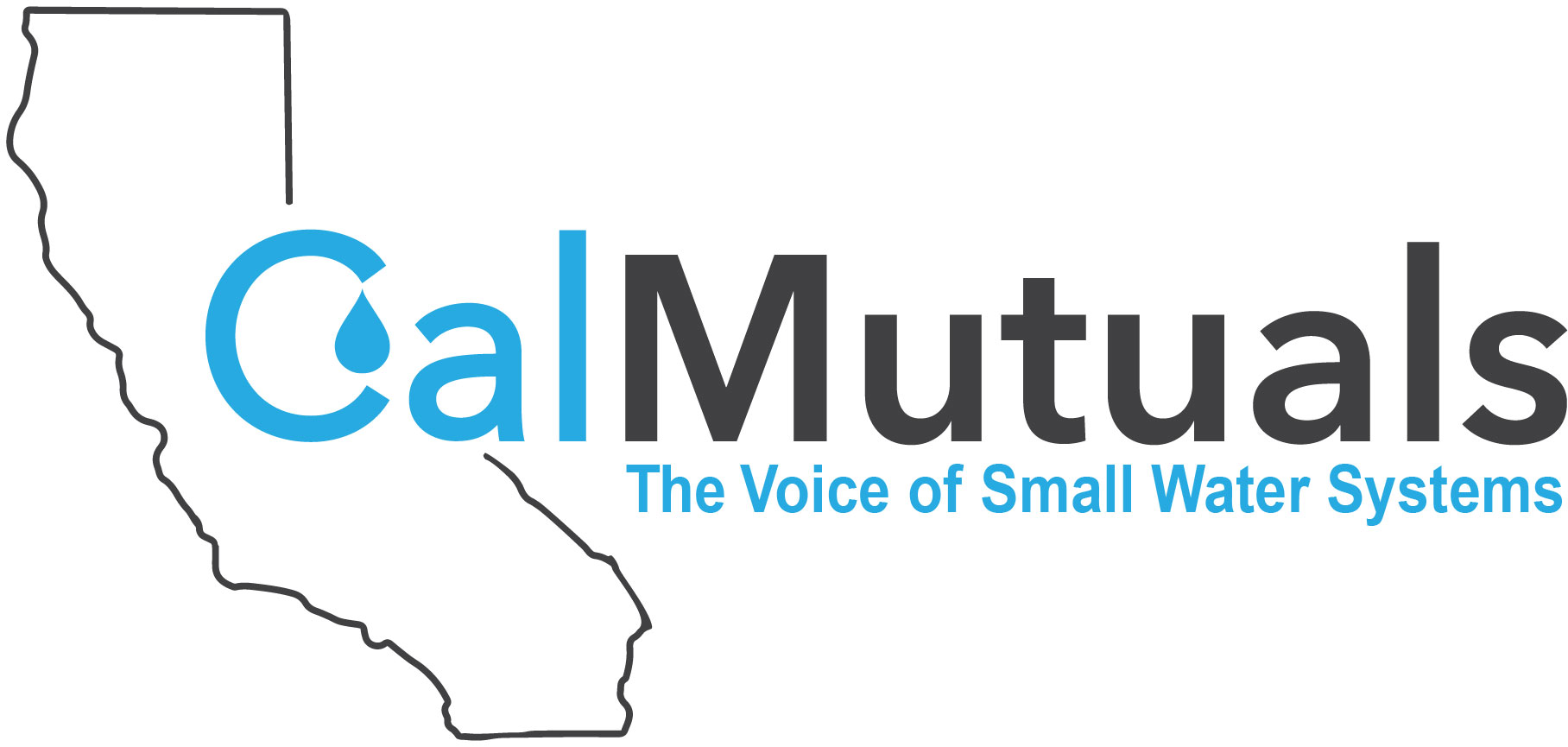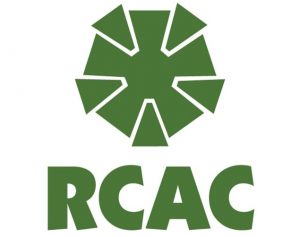Webinar | Once More into the Bleach: Handling and Application of Sodium Hypochlorite Part 1/2
Webinar OnlyThis course is now offered as an online training. It is recommended to take both parts on same day. Part 1 will take place from 10:00am to 12:00pm and Part 2 will take place from 2:00pm to 4:00pm. Please follow the link below to register. Chlorine is the most commonly used drinking water disinfectant in all regions of the world. Today, about 98 percent of U.S. water treatment systems use some type of chlorine disinfection process to help provide safe drinking water. By a huge margin, sodium hypochlorite is the disinfectant used by the vast majority of small (less than 10,000 population) water systems. Hypochlorite is also the most hazardous chemical used by most of these water systems. If improperly handled, sodium hypochlorite can create a hazardous and potentially fatal environment. This learning event gives small water system operators the knowledge, skills and resources necessary to safely handle and reliably feed sodium hypochlorite. This training will be presented in two, two-hour sessions. Disease outbreaks in water systems are rare, but they can and do happen. There are hundreds of known disease-causing organisms that can contaminate water, and new ones being discovered every day. Even 40 years ago, pathogens like Giardia were not believed to […]


